
With rising electricity costs and growing interest in sustainable living, many homeowners — especially those in urban areas or apartments — are asking:
“Can a small solar system really power my whole house?”
The answer? It depends — on your energy habits, available space, and the system’s design.
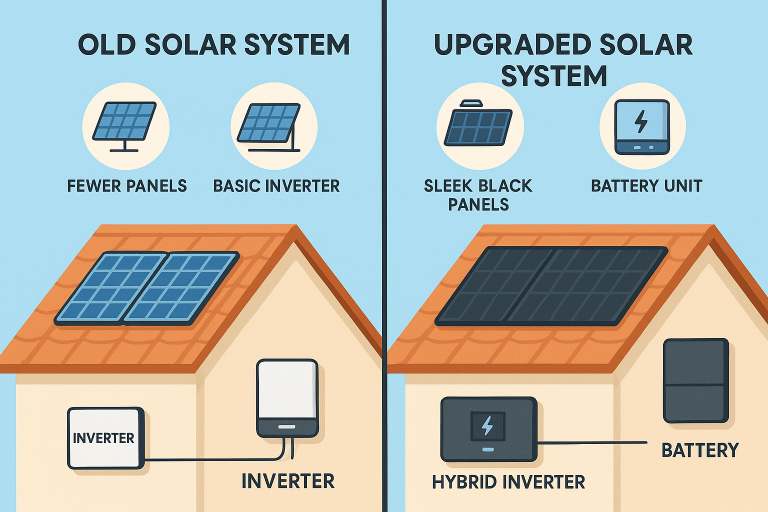
As solar adoption grows and technologies rapidly evolve, many homeowners and small businesses are asking the same question: “Is it time to upgrade my solar system?” Whether it’s to boost energy output, add storage, or improve efficiency, upgrading can significantly improve the performance and value of your system.
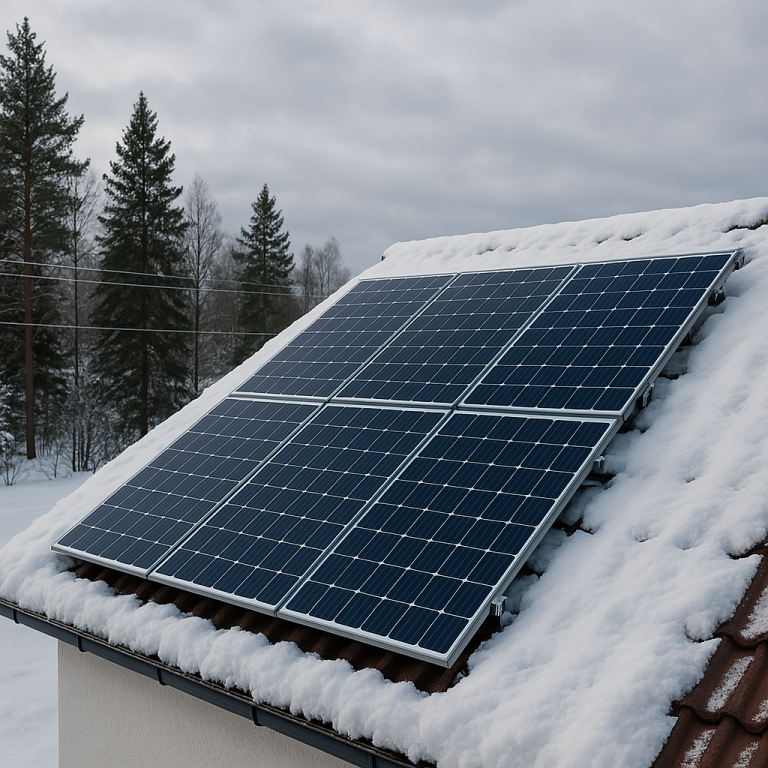
Solar energy is often associated with sunny, temperate regions. But what about extreme climates — locations with high heat, heavy snow, or frequent sandstorms? Can solar panels still operate efficiently and reliably?
Today, we explore a real-world customer case: a solar system installed in northern Sweden, where temperatures drop below -25°C, and snow covers roofs for nearly five months a year.
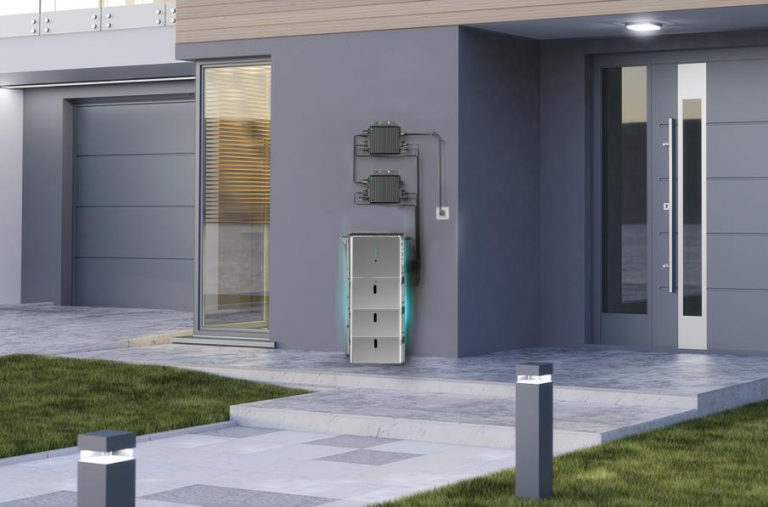
Solar energy has transformed the way we generate power, offering clean and renewable electricity. However, solar production is intermittent — it only works when the sun shines. That’s where solar batteries come in: they store excess energy for use when sunlight isn’t available. Choosing the right battery is crucial for ensuring system efficiency, longevity, and cost-effectiveness.

As climate change intensifies and global emissions rise, solar energy has emerged as one of the most promising solutions for reducing our environmental impact. Unlike fossil fuels, solar power generates clean electricity with zero emissions during operation, making it an essential part of the transition to a more sustainable future.
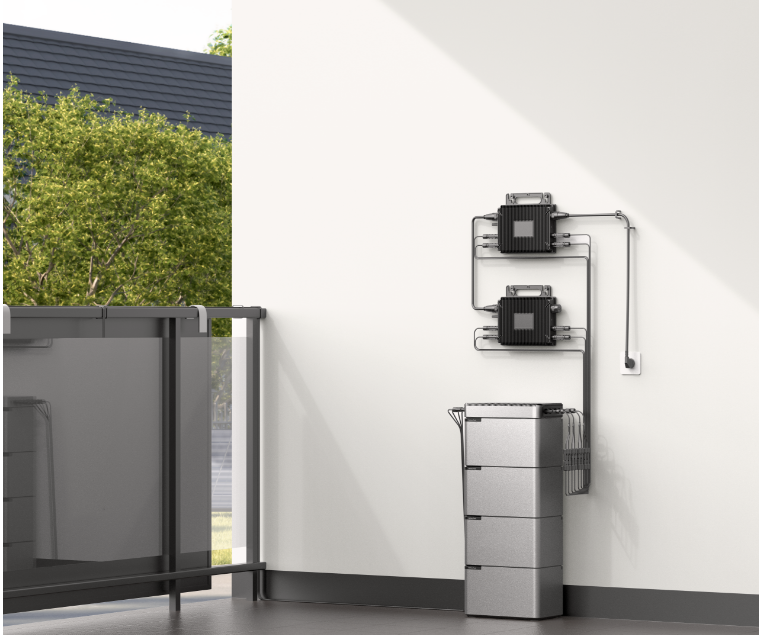
Solar batteries are the heart of any off-grid or hybrid solar system. They store excess power and ensure your home stays powered at night or during cloudy days. But like all tech, batteries degrade over time — and proper care can significantly extend their lifespan.
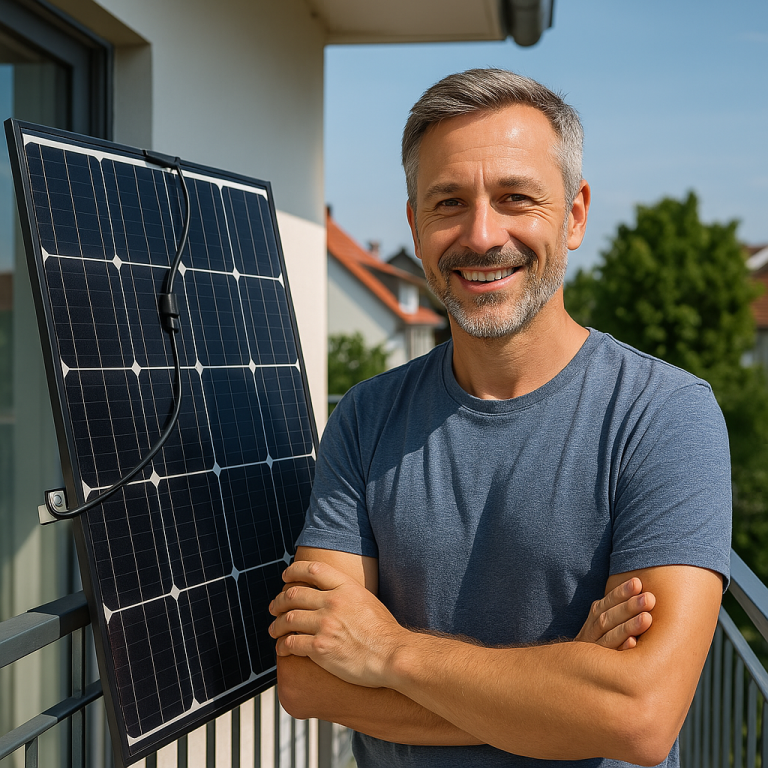
As solar energy becomes more accessible, everyday users are discovering its real-world value. In this article, we interview Markus, a 42-year-old engineer from Munich, who has been using a balcony solar power system for over 5 years. His experience provides valuable insights into long-term usage, system performance, and practical tips.
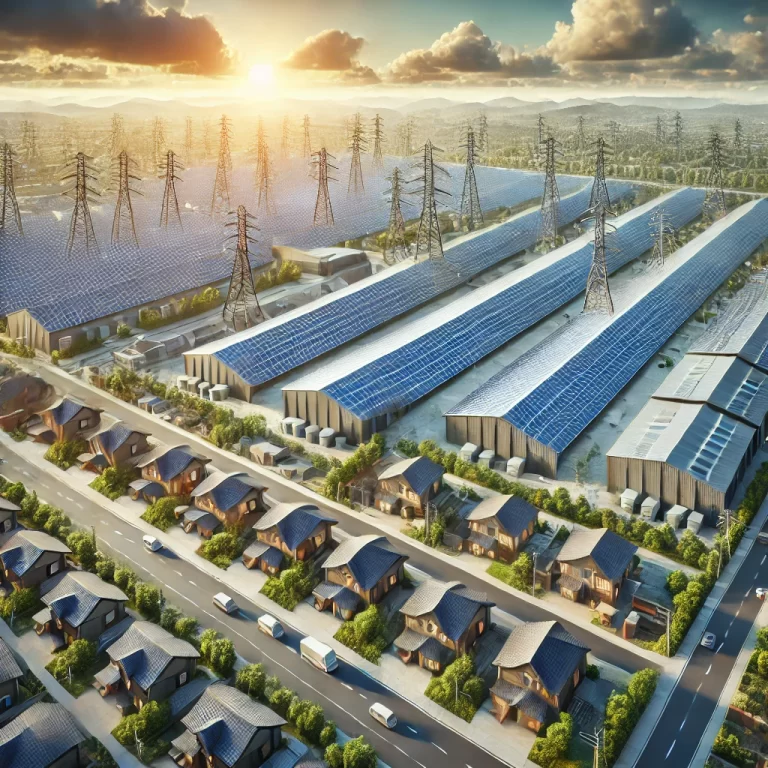
As the world moves toward clean and renewable energy, solar power has become a major player in reducing carbon emissions and lowering electricity costs. One of the most significant benefits of adopting solar energy is its potential to influence electricity prices. But how exactly does this work?
In this article, we’ll explore the relationship between solar energy adoption and electricity prices, examining its impact on households, businesses, and the overall economy.
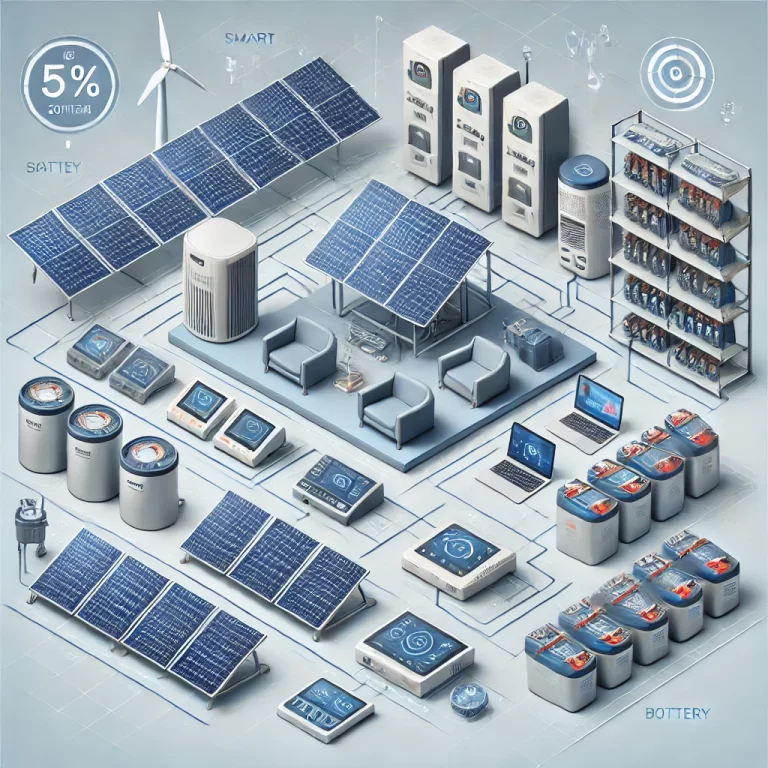
While solar panels are the most visible part of a solar power system, accessories play a vital role in maximizing efficiency and reliability. From smart inverters to energy storage systems, the right accessories can boost energy output, enhance monitoring, and improve safety.
In this article, we will explore some of the best solar accessories that can significantly improve your solar power system’s performance.
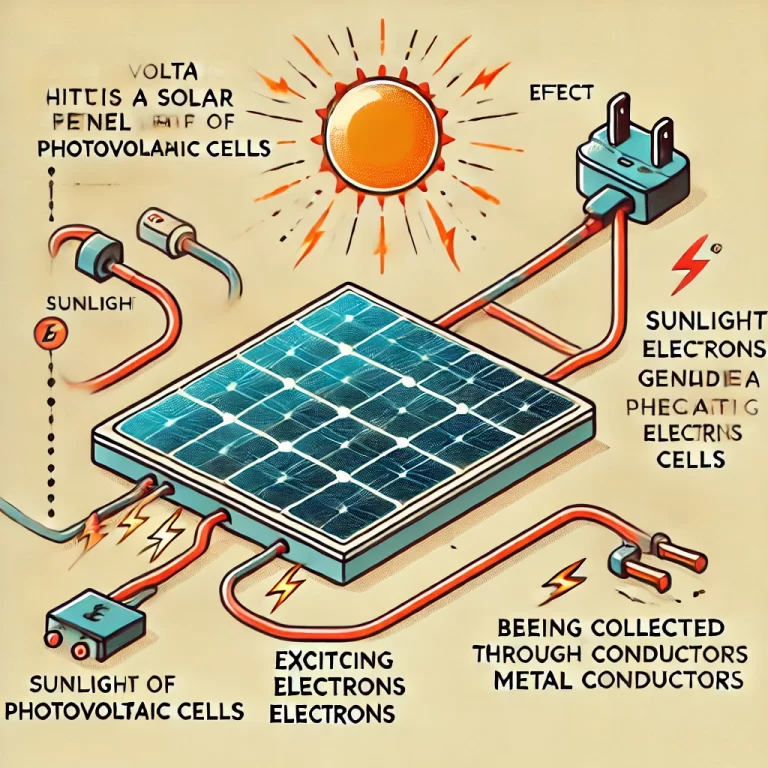
Solar panels are remarkable devices that convert sunlight into electricity using a technology known as photovoltaics (PV). This process involves several stages, from capturing sunlight to generating usable power for homes and businesses. In this article, we’ll break down how solar panels work and the key components involved.










